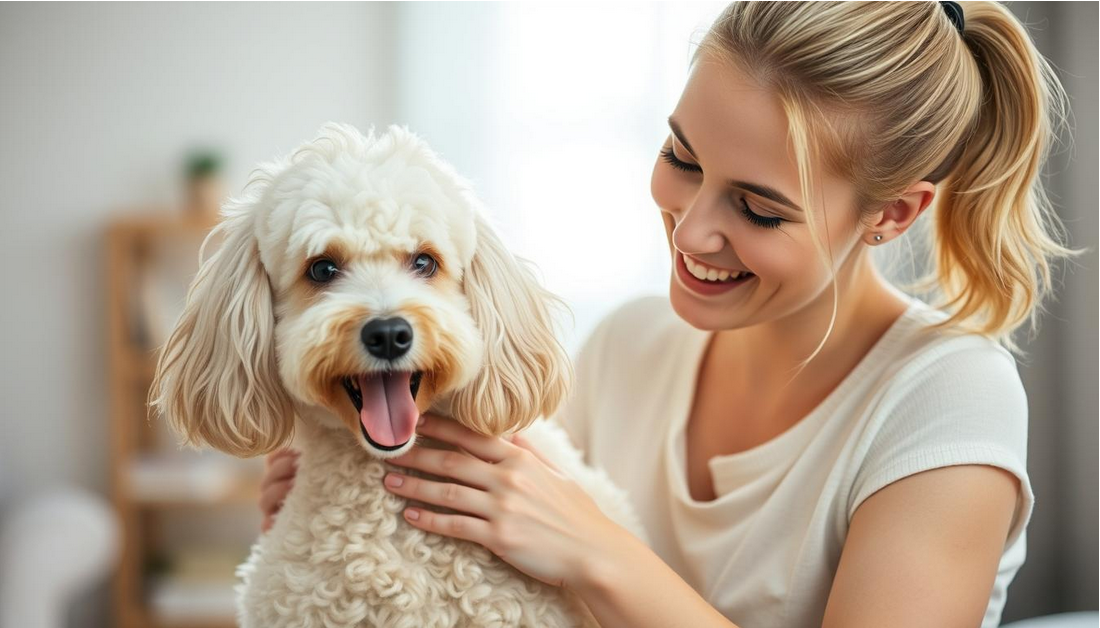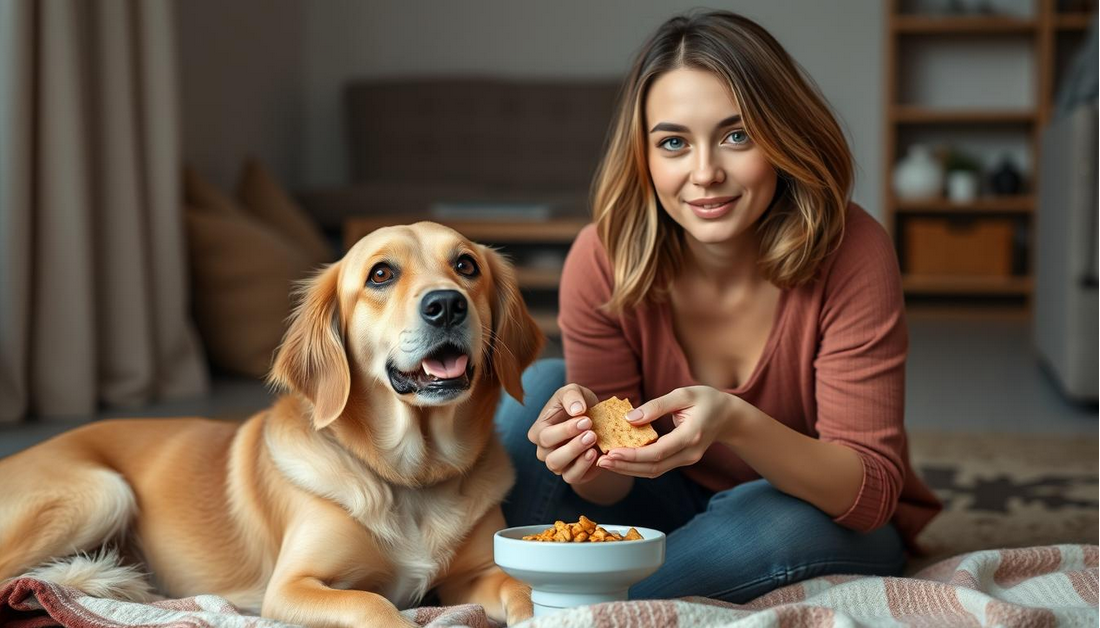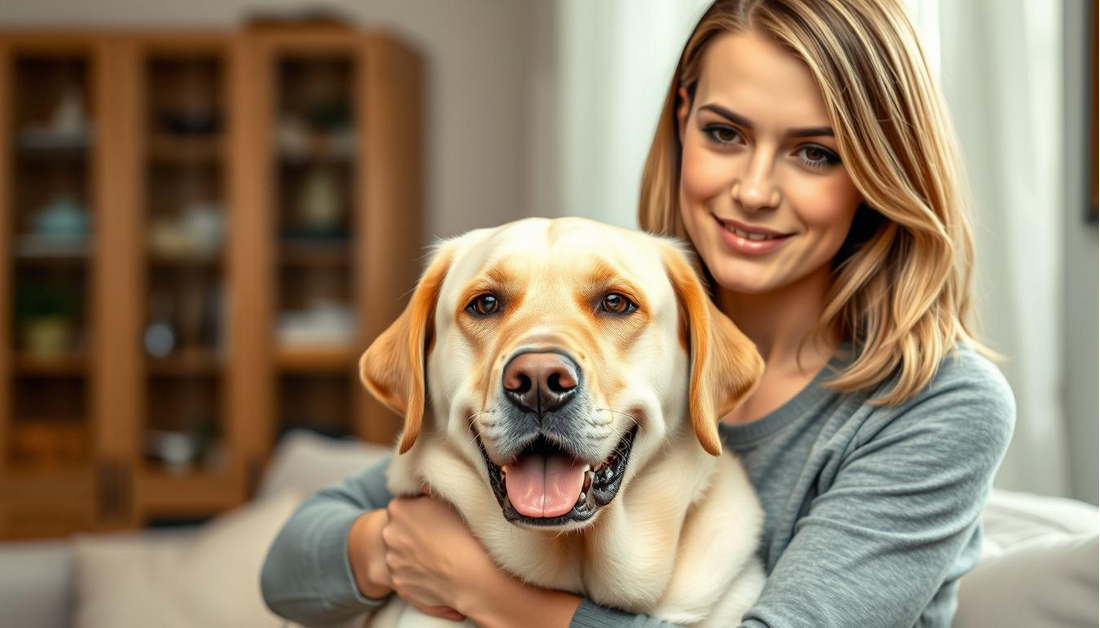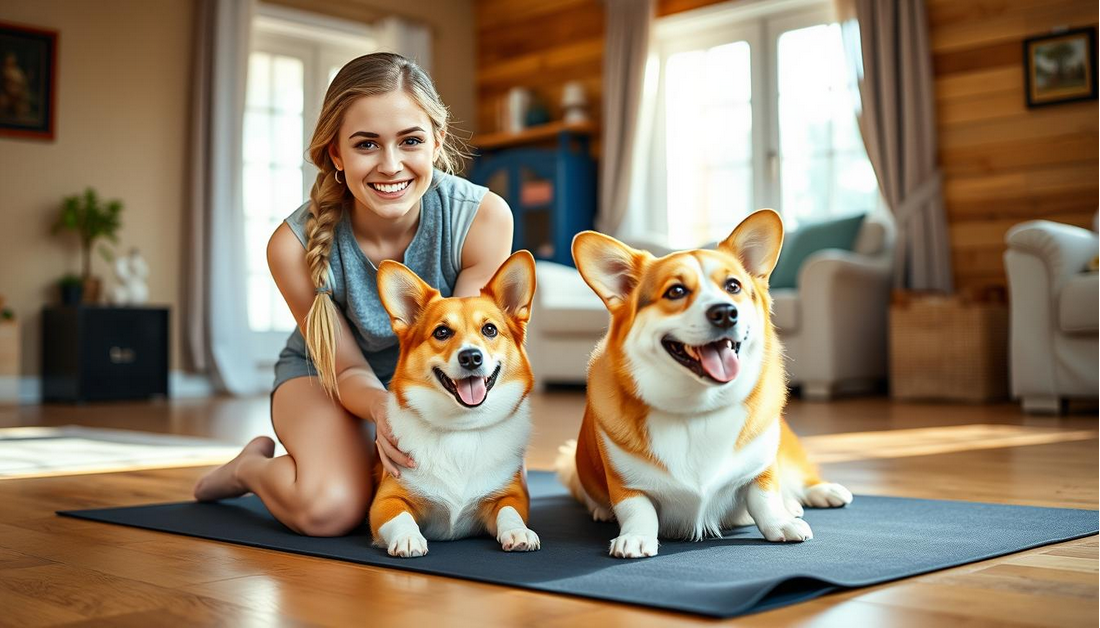India customers to view on amazon.in
“Please note that no animals were harmed in the making of this content.”
Best Practices For Senior Pet Wellness Routine
As our pets age, their needs change, and it’s crucial to adapt their care routine to ensure they lead comfortable and healthy lives. Aging pets require special attention to their overall health, including their nutrition, exercise, and veterinary care.
- Understanding the Changing Needs of Aging Pets
- Nutrition Guidelines for Senior Pets
- Dietary Requirements for Aging Dogs
- Specialized Nutrition for Senior Cats
- Managing Weight in Older Pets
- Best Practices For Senior Pet Wellness Routine: A Comprehensive Approach
- Exercise and Activity Recommendations
- Low-Impact Exercise Options for Aging Dogs
- Appropriate Activities for Senior Cats
- Adapting Exercise Routines to Mobility Limitations
- Veterinary Care Schedule and Preventative Measures
- Creating a Comfortable Environment for Elderly Pets
- Home Modifications for Aging Dogs
- Senior-Friendly Spaces for Cats
- Temperature and Comfort Considerations
- Recognizing and Managing Pain in Senior Pets
- Mental Stimulation and Emotional Well-being
- Conclusion
- FAQ
- How often should I take my senior pet to the vet?
- What are the dietary requirements for senior dogs?
- How can I manage my senior cat’s kidney health through nutrition?
- What are some low-impact exercise options for aging dogs?
- How can I create a comfortable environment for my elderly pet?
- What are some signs of pain in senior pets?
- How can I manage my senior pet’s pain?
- Why is mental stimulation important for senior pets?
- How can I help my senior pet maintain social connections?

Senior pet care involves more than just providing a familiar environment; it’s about making informed decisions to enhance their quality of life. By focusing on their specific needs, you can help your aging pet enjoy a better life.
Key Takeaways
- Adjust your pet’s diet to meet their aging nutritional needs.
- Modify exercise routines to accommodate reduced mobility.
- Regular veterinary check-ups are crucial for early detection of health issues.
- Create a comfortable living environment.
- Provide mental stimulation to prevent cognitive decline.
Understanding the Changing Needs of Aging Pets
As pets age, their needs change, requiring adjustments in their care and attention. This stage of life is characterized by various physical and cognitive changes that impact their overall wellness.
Physical Changes in Senior Pets
Aging pets often experience a decline in physical health, including reduced mobility, weight changes, and sensory impairments. These changes can be due to natural aging or underlying health issues.
Common Age-Related Conditions
Senior pets are prone to age-related conditions such as arthritis, dental issues, and obesity. Regular veterinary check-ups can help identify these conditions early on.
Signs of Normal Aging vs. Health Concerns
Distinguishing between normal aging signs and health concerns is crucial. For instance, a decrease in activity level is normal, but persistent pain or difficulty walking may indicate a health issue.
Cognitive Changes in Older Animals
Cognitive dysfunction is a common issue in aging pets, manifesting as confusion, disorientation, or changes in sleep patterns. Recognizing these signs is essential for providing appropriate care.
Recognizing Cognitive Dysfunction
Signs of cognitive dysfunction include altered sleep patterns, increased anxiety, or forgetting previously learned behaviors. Early detection allows for timely intervention.
Supporting Mental Acuity
Engaging your senior pet in mentally stimulating activities can help maintain their cognitive function. This can include puzzle toys, scent games, or simply spending quality time together.
When is a Pet Considered “Senior”?
The age at which a pet is considered senior varies by species and breed. Generally, larger breeds age faster than smaller ones, and cats tend to live longer than dogs.
Age Guidelines by Species and Breed
For dogs, the senior stage typically begins between 5-7 years for larger breeds and 7-10 years for smaller breeds. Cats are usually considered senior around 10-12 years of age.
Individual Factors Affecting Aging
Individual factors such as health, lifestyle, and genetics play a significant role in how a pet ages. Regular health checks help tailor care to their specific needs.

Nutrition Guidelines for Senior Pets
Nutrition plays a vital role in the overall wellness of aging pets. As pets age, their dietary needs change, requiring adjustments to their diet to maintain their health and quality of life.
Dietary Requirements for Aging Dogs
Aging dogs have different nutritional needs compared to their younger counterparts. Their diet should be rich in essential nutrients but adjusted for their decreased activity levels.
Protein and Fat Considerations
Senior dogs require a balanced intake of protein and fat. High-quality protein is essential for maintaining muscle mass, while moderate fat levels provide energy without overloading on calories.
Recommended Feeding Schedules
Feeding schedules for senior dogs may need to be adjusted to accommodate their slower metabolism. Dividing their daily ration into smaller, more frequent meals can help manage their weight and maintain energy levels.
Specialized Nutrition for Senior Cats
Senior cats have unique nutritional requirements, particularly in terms of managing their kidney health and maintaining hydration.
Addressing Kidney Health
Senior cats are prone to kidney disease, and their diet can play a crucial role in managing this condition. Reduced phosphorus and high-quality protein can help alleviate the strain on their kidneys.
Hydration Strategies
Encouraging hydration is vital for senior cats. Providing multiple water sources and incorporating wet food into their diet can help ensure they stay hydrated.

Managing Weight in Older Pets
Managing weight is crucial for senior pets to prevent obesity and related health issues. Adjusting their caloric intake according to their activity level is key.
Caloric Adjustments for Decreased Activity
As pets age and become less active, their caloric needs decrease. Monitoring their weight and adjusting their caloric intake accordingly can help prevent obesity.
Addressing Obesity in Seniors
Obesity in senior pets can lead to serious health issues. Implementing a weight management plan that includes dietary adjustments and appropriate exercise can help address obesity.
Best Practices For Senior Pet Wellness Routine: A Comprehensive Approach
Adopting a comprehensive senior pet wellness routine is vital for identifying potential health issues early. This approach ensures that our aging pets receive the care they need to maintain their health and quality of life.
Daily Health Monitoring Techniques
Daily monitoring is crucial for detecting any changes in your senior pet’s health. This includes tracking food and water intake to ensure they’re eating and drinking normally.
Tracking Food and Water Intake
Monitoring your pet’s appetite and water consumption can help identify potential issues such as dental problems or gastrointestinal disorders.
Observing Mobility and Energy Levels
Observing your pet’s mobility and energy levels is also essential. A decrease in activity or signs of pain when moving can indicate arthritis or other mobility issues.
Weekly Wellness Checks
In addition to daily monitoring, weekly wellness checks can provide a more in-depth look at your pet’s health. This includes at-home physical assessments and monitoring weight and body condition.
At-Home Physical Assessments
Performing simple checks at home, such as examining your pet’s coat condition, checking for lumps or bumps, and ensuring their eyes and ears are healthy, can help identify issues early.
Monitoring Weight and Body Condition
Monitoring your pet’s weight and body condition is vital for detecting potential health issues, such as obesity or weight loss, which can be indicative of underlying health problems.

Monthly Assessment Guidelines
Monthly assessments help track changes over time and determine when to contact your veterinarian. This includes reviewing your pet’s overall health, mobility, and any changes in behavior or appetite.
Tracking Changes Over Time
Keeping a record of your pet’s health changes over time can help you and your veterinarian make informed decisions about their care.
When to Contact Your Veterinarian
Knowing when to seek veterinary advice is crucial. If you notice significant changes in your pet’s health, such as increased pain, difficulty breathing, or severe weight loss, contact your veterinarian immediately.
| Monitoring Aspect | Daily | Weekly | Monthly |
|---|---|---|---|
| Food and Water Intake | Check daily | Monitor overall trend | Review for significant changes |
| Mobility and Energy | Observe daily | Assess for changes | Evaluate overall condition |
| Weight and Body Condition | Check weekly | Monitor for significant changes |
Exercise and Activity Recommendations
As pets age, their exercise needs change, requiring tailored routines to maintain their health and mobility. Regular physical activity is essential for senior pets to preserve their physical function, manage weight, and enhance their overall quality of life.
Low-Impact Exercise Options for Aging Dogs
Aging dogs benefit from low-impact exercises that minimize stress on their joints. Suitable activities include:
- Gentle walking routines
- Water-based activities like swimming
Appropriate Walking Routines
For senior dogs, walking routines should be shorter and more gentle. Aim for short, frequent walks rather than long, strenuous ones. This approach helps maintain their mobility without causing undue strain.
Water-Based Activities
Water-based activities, such as swimming, are excellent for senior dogs. They provide a low-impact, full-body workout that can help maintain muscle mass and joint mobility. Swimming is particularly beneficial as it reduces the risk of injury and stress on joints.

Appropriate Activities for Senior Cats
Senior cats also benefit from regular activity, although their exercise needs differ from those of dogs. Encouraging movement and play, along with environmental enrichment, can significantly enhance their quality of life.
Encouraging Movement and Play
Engage your senior cat in gentle play using their favorite toys or laser pointers. This encourages movement and maintains their natural hunting instincts. Even short periods of play can be beneficial.
Environmental Enrichment
Creating an enriched environment can stimulate your senior cat’s physical and mental health. This can include providing climbing structures, hiding spots, and interactive toys.
Adapting Exercise Routines to Mobility Limitations
For pets with mobility limitations, adapting exercise routines is crucial. This can involve using assistive devices and modifying activities to accommodate arthritic pets.
Assistive Devices and Supports
Assistive devices like ramp or stairs can help pets with mobility issues access their favorite areas without strain. Additionally, supportive harnesses can aid in walking.
Modifying Activities for Arthritic Pets
For pets suffering from arthritis, it’s essential to modify activities to reduce pain and discomfort. Gentle stretching and short walks can be more suitable than high-impact activities.
Veterinary Care Schedule and Preventative Measures
Regular veterinary visits are essential for maintaining the health and well-being of aging pets. As pets age, their health needs change, and regular check-ups become crucial for early detection and management of potential health issues.

Recommended Check-up Frequency
The frequency of veterinary visits for senior pets is a critical aspect of their care. Unlike younger pets, seniors require more frequent check-ups due to their increased susceptibility to health issues.
Bi-Annual Wellness Exams
Bi-annual wellness exams are recommended for senior pets. These exams allow veterinarians to monitor the pet’s health closely, detect any changes or potential issues early, and adjust care plans accordingly.
Specialized Geriatric Screenings
In addition to regular wellness exams, specialized geriatric screenings can provide valuable insights into the health of senior pets. These screenings can help identify age-related diseases or conditions that may not be immediately apparent.
Important Screenings for Senior Pets
Several screenings are particularly important for senior pets, helping to ensure their health and comfort in their later years.
Blood Work and Urinalysis
Blood work and urinalysis are crucial for assessing the internal health of senior pets. These tests can reveal issues such as kidney disease, diabetes, or other metabolic disorders.
Dental, Vision, and Hearing Assessments
Dental, vision, and hearing assessments are also vital. Many senior pets experience dental issues, vision loss, or hearing impairment as they age, and these assessments can guide appropriate care and management.
Preventative Care Strategies
Preventative care is a key component of maintaining the health of senior pets. This includes vaccinations, parasite prevention, and other measures tailored to the needs of older pets.
Vaccination Considerations for Seniors
Vaccination needs can change as pets age. Senior pets may require different vaccination schedules or booster shots to maintain their immunity against various diseases.
Parasite Prevention Protocols
Parasite prevention remains important for senior pets. Older pets may be more susceptible to the adverse effects of parasites, making regular prevention measures crucial.
By combining regular veterinary check-ups with appropriate preventative care strategies, pet owners can significantly contribute to the health, happiness, and longevity of their senior pets.
Creating a Comfortable Environment for Elderly Pets
A comfortable environment is vital for senior pets, impacting their quality of life significantly. As pets age, their needs change, and their surroundings play a crucial role in ensuring their comfort and well-being.
Home Modifications for Aging Dogs
Making home modifications can greatly enhance the comfort of aging dogs. Two key areas of focus are ramps and stairs, and supportive bedding options.
Ramps and Stairs
Installing ramps or stairs can help aging dogs navigate the home more easily, reducing strain on their joints. This is particularly important for dogs with mobility issues.
Supportive Bedding Options
Providing supportive bedding is essential for aging dogs, as it helps alleviate joint pain and promotes better sleep. Orthopedic beds are a popular choice for senior dogs.
Senior-Friendly Spaces for Cats
Creating senior-friendly spaces for cats involves making adjustments to their environment to ensure easy access to essential resources. Key considerations include accessible litter box placement and creating easy access to resources.
Accessible Litter Box Placement
Placing litter boxes in easily accessible locations can greatly improve the comfort of senior cats, reducing the need for strenuous movement.
Creating Easy Access to Resources
Ensuring that senior cats have easy access to food, water, and resting areas is crucial for their comfort and well-being.
Temperature and Comfort Considerations
Managing temperature extremes and addressing joint pain are critical for maintaining the comfort of elderly pets.
Managing Extremes in Weather
Keeping the home at a comfortable temperature can help alleviate discomfort caused by extreme weather conditions.
Addressing Joint Pain and Discomfort
Using heating pads or providing warm bedding can help alleviate joint pain and discomfort in senior pets.

Recognizing and Managing Pain in Senior Pets
Pain in senior pets can significantly impact their quality of life, necessitating careful observation and intervention. As pets age, they are more likely to experience pain due to various health issues, making effective pain management crucial.
Identifying Signs of Discomfort
Recognizing pain in senior pets involves observing subtle behavioral changes and physical indicators.
Subtle Behavioral Changes
- Changes in appetite or sleep patterns
- Increased irritability or withdrawal
- Altered activity levels or mobility
Physical Indicators of Pain
- Limping or stiffness
- Changes in posture or gait
- Vocalization or restlessness
Pain Management Options
Effective pain management for senior pets involves a combination of veterinary medications and non-pharmaceutical approaches.
Veterinary Medications
Veterinary medications, such as anti-inflammatory drugs and pain relievers, can be highly effective in managing pain.
Non-Pharmaceutical Approaches
Non-pharmaceutical approaches include physical therapy, acupuncture, and lifestyle modifications to reduce discomfort.
Quality of Life Assessments
Regular quality of life assessments are essential to determine the effectiveness of pain management strategies and to identify when palliative care may be necessary.
Daily Monitoring Tools
Using daily monitoring tools, such as pain scales and mobility assessments, can help owners track their pet’s condition.
When to Consider Palliative Care
Palliative care should be considered when pain management is no longer effective, and the pet’s quality of life is significantly compromised.

Mental Stimulation and Emotional Well-being
Mental stimulation and emotional well-being are vital components of a comprehensive care plan for senior pets. As pets age, their needs evolve beyond physical health to include cognitive enrichment and emotional support.
Cognitive Enrichment Activities
Engaging senior pets in cognitive enrichment activities is crucial for maintaining their mental acuity. Such activities include:
- Puzzle Toys and Games: These challenge pets to figure out how to get a treat out, keeping their minds active.
- Training and Learning Opportunities: Even simple training sessions can be beneficial, reinforcing known commands or learning new tricks.
Managing Anxiety in Senior Pets
Senior pets can experience anxiety due to various factors, including cognitive decline or changes in their environment. Managing this anxiety is key to their emotional well-being.
- Recognizing Signs of Stress: Pet owners should be aware of signs of anxiety, such as pacing, whining, or changes in appetite.
- Creating Predictable Routines: Establishing a regular daily routine can help reduce stress and provide a sense of security.
Maintaining Social Connections
Social connections play a significant role in the emotional well-being of senior pets.
- Appropriate Socialization with Other Animals: Controlled interactions with other pets can be beneficial, though it’s essential to monitor their compatibility.
- Strengthening Human-Animal Bond: Spending quality time with pets, such as through grooming or simply cuddling, can strengthen their bond with their owners and provide emotional comfort.

By incorporating these strategies into their care plan, owners can significantly enhance the mental stimulation and emotional well-being of their senior pets, improving their overall quality of life.
Conclusion
Caring for a senior pet requires attention to their changing needs, including nutrition, exercise, and veterinary care. By following a comprehensive aging pet care routine, you can significantly improve your pet’s quality of life.
Regular monitoring and preventative care are crucial elements of senior pet care tips. This includes daily health checks, weekly wellness assessments, and regular veterinary visits. A senior pet health guide can provide valuable insights into the specific needs of your aging pet.
Creating a comfortable environment is also essential for elderly pet wellness. This includes making home modifications to accommodate mobility limitations and providing a warm, comfortable space for your pet to rest.
By implementing these strategies and staying committed to your pet’s care, you can help them enjoy a healthier, happier life. Whether it’s through dietary changes, exercise adjustments, or simply providing a loving environment, every effort counts in ensuring your senior pet’s well-being.
FAQ
How often should I take my senior pet to the vet?
It’s recommended to take your senior pet to the vet at least twice a year for bi-annual wellness exams, which can help identify any health issues early on.
What are the dietary requirements for senior dogs?
Senior dogs require a balanced diet that takes into account their age, breed, and health conditions. They may need adjustments in protein and fat intake, and their feeding schedules may need to be modified.
How can I manage my senior cat’s kidney health through nutrition?
Senior cats may benefit from a diet that is specifically formulated to support kidney health, with reduced protein and phosphorus content, and increased omega-3 fatty acids.
What are some low-impact exercise options for aging dogs?
Low-impact exercises such as short walks, swimming, and gentle playtime can be beneficial for aging dogs, helping to maintain their mobility and overall health.
How can I create a comfortable environment for my elderly pet?
Creating a comfortable environment involves making home modifications such as providing ramps or stairs, supportive bedding, and accessible litter box placement, as well as managing temperature extremes and addressing joint pain.
What are some signs of pain in senior pets?
Signs of pain in senior pets can include subtle behavioral changes, such as changes in appetite or activity level, as well as physical indicators like limping or stiffness.
How can I manage my senior pet’s pain?
Pain management options for senior pets include veterinary medications, such as anti-inflammatory medications, and non-pharmaceutical approaches, like acupuncture or physical therapy.
Why is mental stimulation important for senior pets?
Mental stimulation is important for senior pets as it helps keep their minds active and can reduce the risk of cognitive dysfunction. Activities like puzzle toys, training, and socialization can be beneficial.
How can I help my senior pet maintain social connections?
Maintaining social connections is important for senior pets, and can be achieved through appropriate socialization with other animals, as well as strengthening the human-animal bond through activities like grooming and play.







